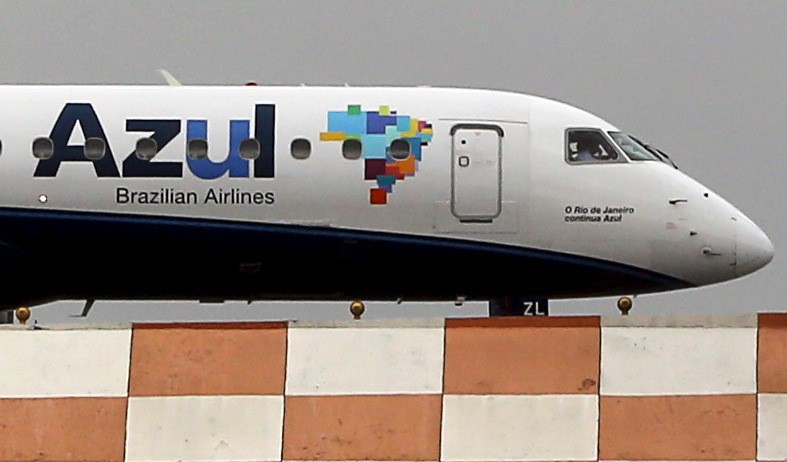A TOP secret military project hiding a spiralling network of sub-zero tunnels and nuclear warheads may be the only place on Earth you could “survive World War Three”.
Ominous warnings from Russia, missile strikes in the Middle East, unease in China and tensions brought up by the Israel-Hamas conflict have taken the world into “a new era” of international relations.
9

9

9

9
Many fear the crisis in Ukraine could still develop, with officials warning it could see the bloodiest conflict in Europe since WW2 if resulting in nuclear war.
And Iran’s terror proxies – including Hezbollah and the Houthis – have already gone up against Israel, the US and UK.
Nato recently announced its biggest call-up in decades as 90,000 troops prepare to begin World War Three drills.
But one secret underground labyrinth of tunnels could prove to be the safest place to hideout if global conflict erupts.
Project Iceworm key points
- Project Iceworm was a top secret United States Army program of the Cold War, which aimed to build a network of mobile nuclear missile launch sites under the Greenland ice sheet.
- The end goal was to install a vast network of nuclear missile launch sites that could survive a first strike.
- The missiles, which could strike targets within the Soviet Union, were never fielded
- A highly publicised “cover” project, known as Camp Century, was launched in 1960
- The US army engineering corps excavated Camp Century in 1959 around 200km (124 miles) from the coast of Greenland, which was then a county of Denmark.
- The camp’s three-kilometre network of tunnels, eight metres beneath the ice, housed laboratories, a shop, a hospital, a cinema, a chapel and accommodation for as many as 200 soldiers.
- Unstable ice conditions within the ice sheet caused the project to be cancelled in 1966.
Project Iceworm was launched by the US during the Cold War.
The White House then planned to store hundreds of ballistic missiles below the Greenland ice sheet – which could be launched to strike targets inside the USSR.
The colossal building, also known as Camp Century for cover, was buried deep beneath the surface ice on the remote Danish territory of Greenland.
US military chiefs had planned to launch a nuclear attack on Russia from the clandestine camp, built in 1959 in the height of tensions with the Soviet Union during the Cold War.
The US was so secretive, the Danish – who governed Greenland before it was given autonomy in 1979 – didn’t even know what lay beneath.
However, the doomsday plans were shelved in 1966 due to shifting ice.
By then, nearly two miles of tunnels had been completed, containing a hospital, a shop, a theatre and a church for the facility’s 200 inhabitants.
Engineers realised the constantly moving ice was too unstable and would have deformed and perhaps even collapsed the tunnels.
Known as “the city under the ice”, the camp’s three-kilometre network of tunnels remains nestled in a wilderness of ice and snow.
American officials pretended that they were conducting a polar research project at the time.

9

9

9
Army researchers did perform some research there, including drilling the first ice core to the base of the Greenland ice sheet.
And incredible footage from the time shows soldiers surveying the site before construction workers move in to begin work on the colossal structure.
The narrator states: “Camp Century is buried below the surface of this ice cap. Beneath it, the ice descends for 6,000 feet.
“In this remote setting, less than 800 miles from the North Pole, Camp Century is a symbol of man’s unceasing goal to conquer his environment, to increase his ability to live and fight if necessary under polar conditions.”
From 1964 it was used only intermittently, and three years later it was abandoned altogether, the departing soldiers taking the reaction chamber of the nuclear generator with them.
GLOBAL CONFLICT
Russia’s invasion of Ukraine in 2022 sparked fears of global war but ongoing conflicts involving Iran and the Middle East, China and Taiwan, and North Korea has the world holding its breath.
General Sir Patrick Sanders, Chief of the General Staff, recently said Brits could even face a call-up if the UK goes to war with Russia.
With reports of Putin’s health deteriorating, there are fears that he could turn to nuclear nuclear weapons out of desperation.
Ukraine has fought back courageously ever since and continued to defy the odds by defending itself against Russian onslaughts with the help of Western military aid.
In November 2022, WW3 tensions grew after it was reported that Russian-built missiles crossed into Poland, a Nato country.
Although the stray missile was likely fired by Ukraine as it defended its territory from a Russian onslaught, the incident marked the first time a Nato country has been hit during Russia’s war in Ukraine.
North Korea is also ready to pounce on the West as Putin’s alliance with deranged leader Kim Jong-Un continues to grow.
Just weeks ago Putin unleashed North Korean rockets in Ukraine, killing hundreds in an unprecedented development.
But Kim has also threatened to start a war of his own after labelling South Korea his “principal enemy” – adding that the nuclear weapons at his disposal are not to be ignored.
This came just days after his sister and prominent ally – Kim Yo-Jong – vowed to unleash an “immediate military strike” on neighbouring South Korea over the “slightest provocation”.
Across the Asian continent, fears continue to mount over a possible Chinese invasion of Taiwan.
Beijing has already threatened to spark “uncontrolled escalation” and all-out warfare over one “misunderstanding”, as president Xi Jinping looks to stamp his authority.
China regards self-governing island Taiwan as part of its territory – and has vowed to take it by force if necessary, carrying out ever more regular invasion rehearsals.
In the Middle East, Israel’s ongoing war with Palestinian terror group Hamas has widened the threat of Iran in recent months.
Iraq, Syria, Yemen and Lebanon have all been dragged into the conflict, as have the UK and US.
But after Iran attacked targets inside Pakistan with bomb-carrying drones and rockets, fears of an all-out war in the Middle East have never been higher.

9

9
















